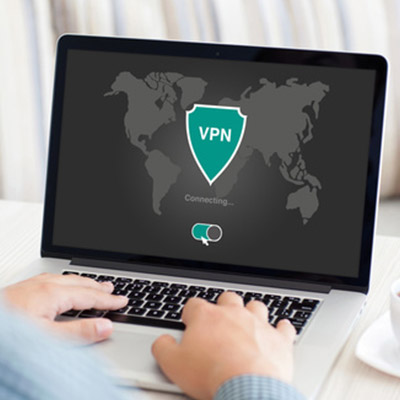
Passwords are still an incredibly valuable part of security, but it’s becoming quite difficult to maximize network security through passwords alone. Even if you somehow manage to sell the idea of network security to your staff, whether or not they follow through is another thing entirely. It’s critical that you make it as easy as possible for your employees to stay secure, and that’s where scannable QR codes come in.
Why QR Codes?
By using a QR code to connect to your business’ wireless network, you can improve security. There are several benefits to this approach compared to the traditional alphanumeric password. An alphanumeric password can’t be shared as easily as a QR code, and the last thing you want to do is share your specific Internet access credentials. The real kicker is that a QR code makes things much easier on the side of the end-user. Instead of using a touchscreen to plug in a PIN or password, you can simply use the right app on your mobile device to take a picture of a QR code. It’s a great way for businesses to allow guests access to a wireless network without carelessly handing out credentials.
How to Use a QR Code
If you want to use a QR code to access the Internet, you will need to have a system in place that generates a code. You can use any of various websites or applications that create QR codes for whatever network that you want to connect to, as well as its password. You’ll also want to review any terms of service or other policies before making sure that you want to share this information for any reason.
Once you’ve done this, you’ll be able to download the end result. You now have an easy way to access your Internet without creating a security risk for yourself. Do you have any other security concerns that need addressing? COMPANYNAME wants to help. To learn more, reach out to us at PHONENUMBER.

